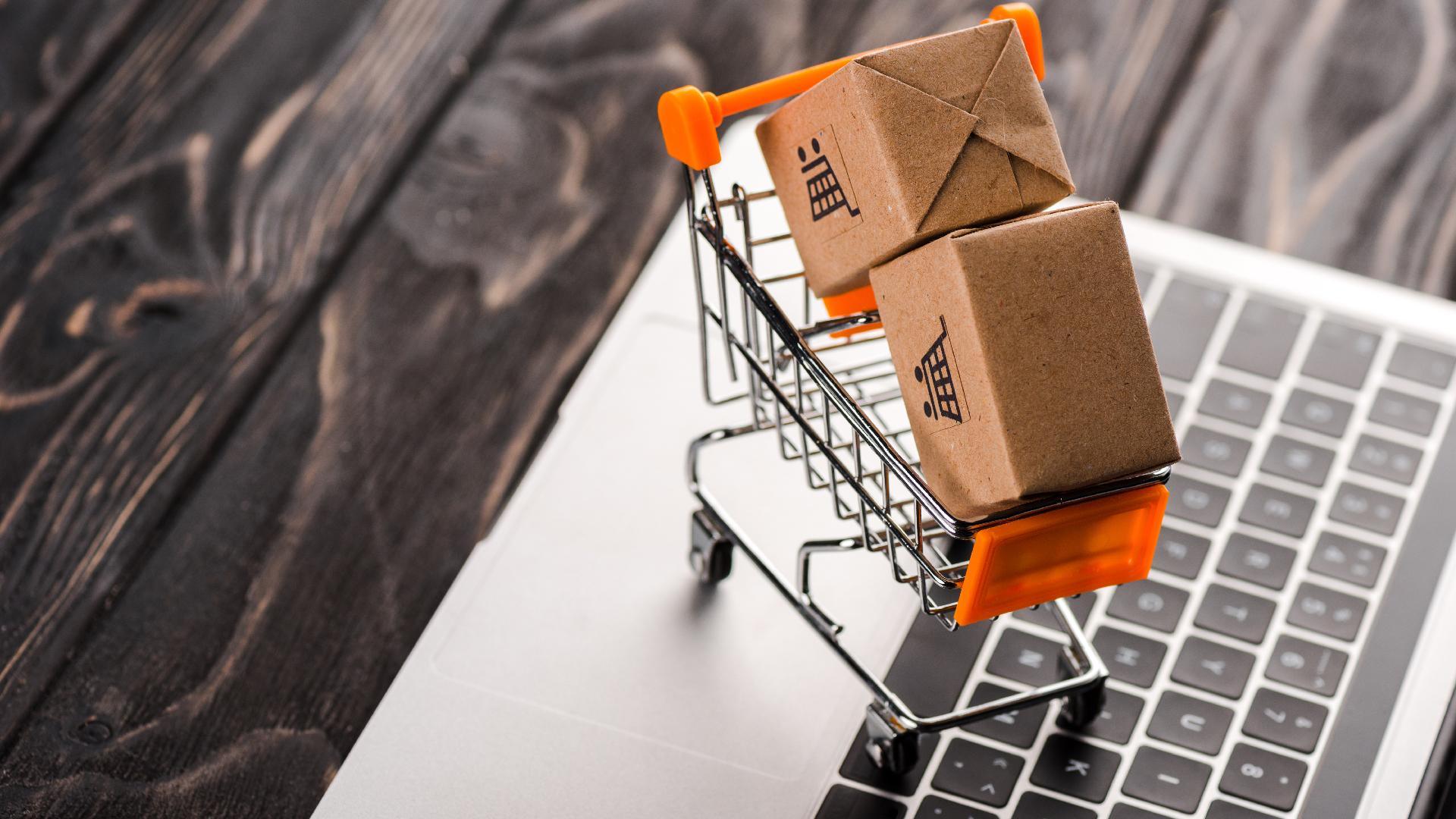
After the pandemic, e-commerce has grown exponentially and with it, so has the demand of users who use it every day. Therefore, to improve the user experience on the platform, a complete analysis of each of the parts that make up this medium must be made.
The purpose of our brands is to achieve sales, however, these will not be seen if on our part as an organization we do not work to make the buying process and user experience on our page easier.
Currently, after the recommendations of marketing specialists to improve the optimization of accounts through campaigns, it has been subtly forgotten to take into account that beyond just generating a campaign through Google, we must also work to improve the user experience after clicking on the campaign, as this will depend almost 80% of the execution of the purchase or abandonment of it.
A study conducted by Google together with the technology company Nodus, in which more than 20 e-commerce sites of the FMCG vertical were audited, found that the best way to enhance your e-commerce is to improve the user experience, which in turn will lead to a positive, direct and measurable impact on sales.
As evidence of the 90-day study, it was found that the platforms increased:
- +24% of sessions with product views
- +17.3% average ticket
- +29.1% growth in conversion rate.
As a result of this study, 6 ways in which you could work to boost your e-commerce were established:
- User experience and interface design:
Optimizing these aspects represents the biggest opportunity for improvement within CPG e-commerces. To increase the chances of a user making a purchase and even revisiting a site, all the elements with which they interact must be focused on maximizing their online experience. Therefore, e-commerces must eliminate all types of friction along the user's journey to purchase, such as pop-ups, interstitials and unimportant informational ads. In fact, when a user interface is well designed, the conversion rate can increase by more than 200%.1
- Take care of the first impression:
Boosting loading speed and web performance are two aspects that are a priority. This implies paying attention to technical issues that can generate high abandonment rates from a very slow loading speed. In this sense, it is not enough to check a single metric, but it is essential to time each of the moments that may affect the user's perception of speed.
- Measuring, monitoring and defining objectives:
A real change in mindset is needed regarding the use of data in relation to these three variables. Half of the sites analyzed showed great opportunities for improvement in their measurement systems. Oiling the measurement process is essential to achieve the culture of continuous improvement that users now demand from all brands. What is not measured cannot be improved. Within the wide range of possibilities offered by digital analytics, in the case of e-commerce it is particularly important to measure in detail and accurately the degree of progress of users in each of the stages of purchase on the site. In this sense, having correctly implemented and frequently resorting to the "Purchase behavior" and "Behavior in the purchase process" reports allows to obtain insights to continuously optimize the site's conversion rate.
- Brand positioning, building user loyalty and trust:
Within the CPG vertical, most brands have been doing a long and successful job of building a bond with their customers. This is reflected not only in the fact that users quickly detect whether a site belongs to one brand or another, but also in their predisposition or preference to buy in that "official site" due to the quality they once experienced in physical stores. That experience manages to go beyond the screen because it is stored in people's shopping memory. Therefore, it is crucial that all those brand attributes that are easily recognizable offline are transferred to the online world to take advantage of the trust already built with users on the physical level. Why? Among other reasons, because users form their first impression of online content in just 50 milliseconds.
- Awareness of flagship products and offers and promotions:
Program findings showed that users value and are quickly well impacted by the product mix propositions, promotions and offers that brands offer. The CPG vertical's commercial knowledge and product management expertise can be successfully transferred to the online world. In turn, all this know-how can be capitalized if accompanied by an optimal UX development that emphasizes what brands know how to sell. Likewise, there are solutions on the market that use machine learning to perform vertical sales (up-selling), cross-selling (cross-selling) and personalization of content in components within the site, in a very simple and effective way.
- Technological solutions for the long term:
Aware that the viability of online business for CPG brands depends on the ability to achieve volume and scale, most successful companies choose technology solutions for their e-commerce (software tools that work integrated) that are prepared to scale in the long term, rather than resorting to solutions that only respond to small scale. Finding the right technology solution is critical to the long-term success of e-commerce.
As a result, it is necessary for organizations to continually work to improve the user experience on their platforms and stay abreast of advances and new possibilities for improvement. It is not enough just to have e-commerce, it is necessary that it is in optimal conditions to achieve the sales we want so much.
Source: Google